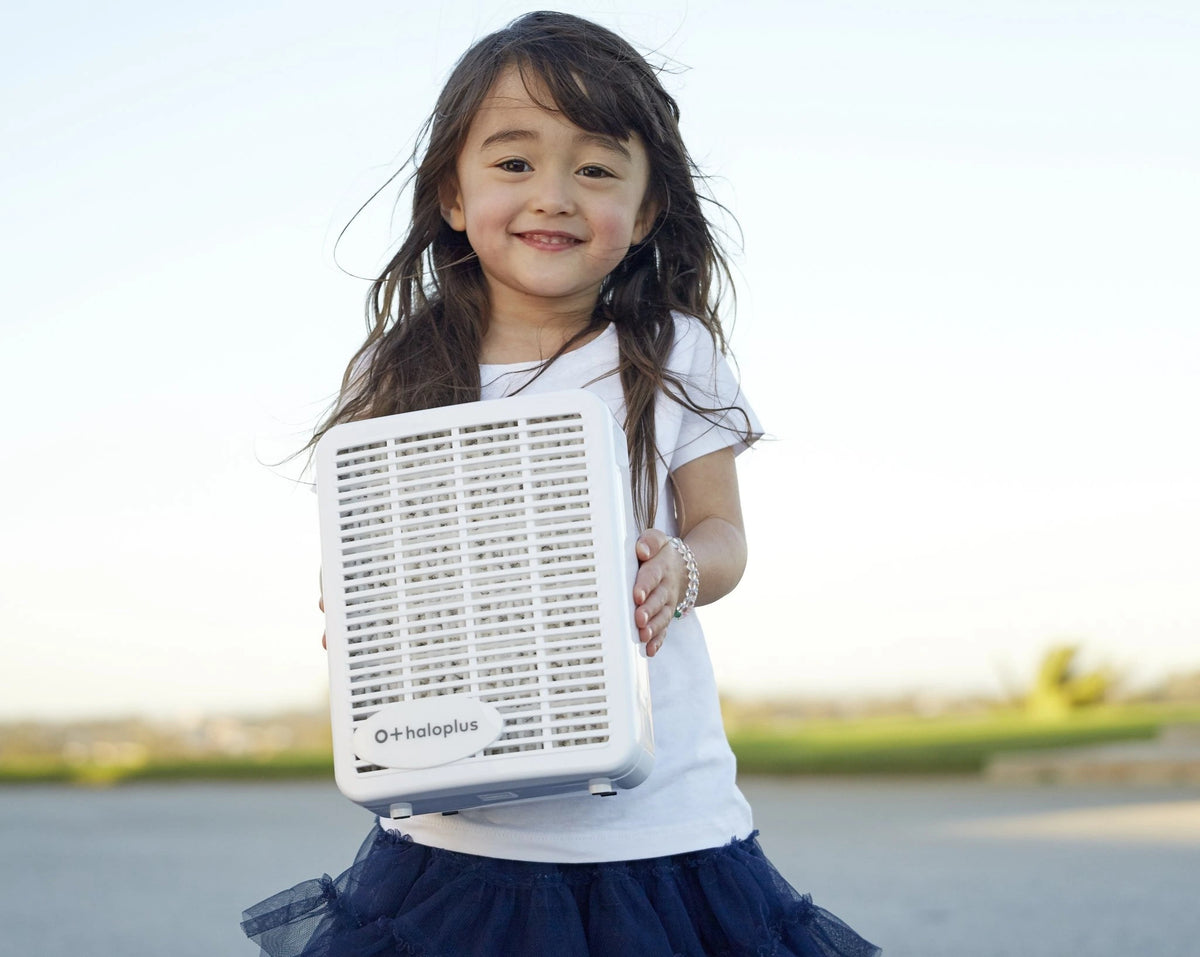Picture yourself stepping outside on a sunny spring day, only to be hit with a wave of sneezing and itchy eyes. Hay fever, also known as allergic rhinitis, is a common condition that affects millions of people when pollen or other allergens fill the air. It can turn a beautiful day into a struggle with constant discomfort. We explore what hay fever is, its signs, and how to create a supportive environment to ease symptoms. We’ll also look at natural wellness options to complement your care.
What is Hay Fever
Hay fever is an allergic reaction to tiny particles in the air, like pollen, dust, or pet dander, that irritate the nose, eyes, and throat. Symptoms include sneezing, a runny or stuffy nose, itchy eyes, and a scratchy throat, which can make daily tasks feel exhausting. It’s often worse in spring, summer, or fall when trees, grasses, or weeds release pollen, but indoor allergens like mold can cause year-round issues. Certain factors, like living in high-pollen areas or having a family history of allergies, can increase your risk. Understanding your triggers is the first step to managing discomfort.
The Importance of Professional Care
If hay fever symptoms disrupt your life, consulting a healthcare professional is key to getting the right guidance. Doctors may use allergy tests, like skin pricks or blood work, to identify specific triggers. They can suggest personalized strategies to help you feel more comfortable based on your symptoms and lifestyle. Regular check-ins with a healthcare provider ensure your approach stays effective, especially during peak allergy seasons. Always seek professional advice before trying new wellness practices to confirm they’re safe for you.
Creating a Supportive Environment
Reducing exposure to allergens can make a big difference in managing hay fever. Check pollen forecasts and limit outdoor time on high-pollen days, especially in the morning when counts are highest. Using air purifiers, keeping windows closed, and washing clothes after being outside can help keep allergens at bay. Hypoallergenic bedding and regular cleaning reduce indoor triggers like dust and pet dander. These simple steps, guided by professional advice, create a more comfortable space for allergy sufferers.
Exploring Wellness Options with Halotherapy
Some people with hay fever look for natural, drug-free ways to support their comfort alongside standard care. Salt therapy, or halotherapy, involves breathing in air infused with tiny salt particles, creating a soothing environment. The HaloPlus device makes it easy to bring this calming atmosphere into your home. While not a replacement for medical advice, halotherapy offers a wellness option that some find relaxing during allergy season. Always talk to your doctor before adding salt therapy to ensure it fits your needs.
Practical Tips for Hay Fever Sufferers
Start by tracking your symptoms in a diary to spot patterns, like which seasons or places make them worse. Shower and change clothes after outdoor activities to remove pollen from your skin and hair. Use a pollen forecast app to plan outdoor time on low-pollen days, and consider a HEPA-filter air purifier for your home. Devices like the HaloPlus device can add a calming element to your space, complementing other efforts. Share your symptom log with your doctor to fine-tune your approach and stay comfortable.








